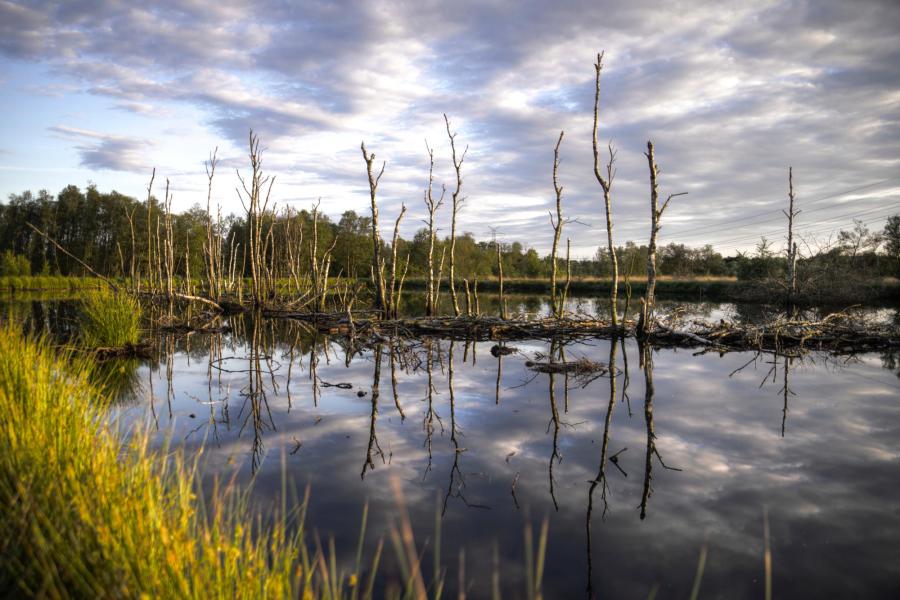EPA announces protections removed from majority of wetlands following WOTUS ruling

Federal protections have been removed from a majority of the country’s wetlands as the Environmental Protection Agency seeks to comply with a recent U.S. Supreme court ruling.
A joint announcement on the final rule amending the definition of protected “waters of the United States” came from the EPA and U.S. Department of the Army in light of the Sackett v. EPA decision handed down in May. The decision narrowed the scope of the Clean Water Act and the federal government’s power to regulate waterways and wetlands.
EPA officials said the ruling could impact up to 63% of U.S. wetlands by acreage and between 1.2 million and 4.9 million miles of ephemeral streams, or streams that only have water flowing following rain events. The new decision excluded wetlands and smaller tributaries previously under federal protection for the past 45 years.
The U.S. Army Corps of Engineers can also resume issuing jurisdictional determinations, which had been paused following the Supreme Court decision. The new rules increase the area near wetlands eligible for unpermitted development and reduce the acreage eligible for federal funding, including federal programs aimed to clean certain bodies of water.
“While I am disappointed by the Supreme Court’s decision in the Sackett case, EPA and Army have an obligation to apply this decision alongside our state co-regulators, Tribes, and partners,” EPA Administrator Michael Regan said in a statement. “We’ve moved quickly to finalize amendments to the definition of ‘waters of the United States’ to provide a clear path forward that adheres to the Supreme Court’s ruling. EPA will never waver from our responsibility to ensure clean water for all.”
The 5-4 Sackett decision was handed down in May and ruled wetlands must have “continuous surface connection” within a protected body of water that makes the two areas “indistinguishable” in order for the EPA to regulate discharges in these bodies of water. While all nine justices agreed that the case should be overturned, opinions differed on the direction the ruling should take.
The case out of Idaho involved a couple seeking to build a house on a soggy portion of land who sued the EPA after the agency ordered them to remove sand gravel and fill from the property. The lower court made a ruling that the EPA could regulate the property based on the 2006 U.S. Supreme Court decision Rapanos vs. United States.

